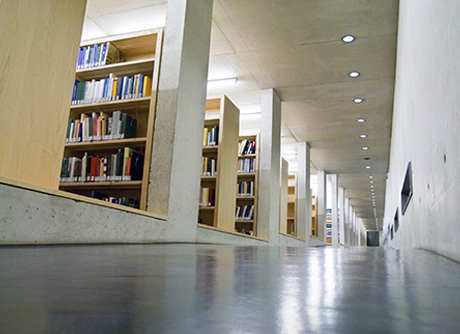Green Cleaning In Your School
There are billions of commercial square footage (school, office, medical, etc.) in the United States. Most of these floors have to be maintained on a regular basis, especially in school facilities. With summer upon us, it is a good time to emphasize the importance of a few facets of green cleaning for your school. Proper green floor care involves three key components: vacuuming, chemicals, and floor care equipment. Each must do its part in contributing to the green floor care system and the protection of the environment.
Vacuuming
Whenever possible, custodial crews in an educational setting should vacuum hard-surface floors instead of using push brooms or dust mops. Germs and bacteria on the floor that become airborne can exacerbate indoor air quality (IAQ) problems in health, education, and other facilities. Instead of sweeping, many cleaning professionals are using backpack vacuums because of their weight, low noise levels, and high filtration. Backpack vacuums, such as the Tornado Pac-Vac Aircomfort, come equipped with HEPA exhaust filters that trap more than 99.9 percent of contaminants.
Chemicals
Although they have served us well for decades, many conventional floor care chemicals are some of the most powerful and environmentally hazardous in the professional cleaning industry. Some of these chemicals can harm indoor air quality and cause a variety of ailments from nose and eye irritation to asthma attacks. Other compounds have been associated with eye, skin, and ear infections. Fortunately, there are some green-certified floor care chemicals now available that perform well. These are made from ingredients that are tested and proven safer than those in the traditional products used for the same or similar purpose. Be sure to purchase these environmentally safe chemicals from distributors and suppliers that are well versed on floor care and will provide hands-on training.
Floor Care Equipment
Buffers and burnishers produce considerable amounts of dust when cleaning floors. This is because the top surface of the floor is actually being “sanded” when buffed or burnished to remove soils, contaminants, and heel marks. To help minimize this, building managers and school administrators should select machines that have built-in vacuum systems, like those that help trap the dust before it can become airborne. These systems should have a deck shroud or “skirt” covering the base of the machine. This helps collect dust and particulates so that they can be vacuumed up by the machine. Additionally, cylindrical brush floor machines, such as the Vortex Multi-Surface Scrubbers, are an ideal choice for floor care because these tend to use less water and chemicals than conventional machines. A crucial component of green cleaning is minimal chemical usage because it helps reduce your impact on the environment.
The Hidden Green Component: Training
There are few cleaning tasks in a facility that require as much skill and training as floor care. This is especially true when implementing a green floor care program. As mentioned earlier, an important component of any green cleaning program is to use only as much chemical as is necessary to produce satisfactory cleaning results. You need to understand the different functions of different chemicals. This is not only smart, but it is also safe. Training on the use of equipment, especially buffers and burnishers, is also imperative. Time spent on learning how to use your equipment can be quickly repaid and it will produce the cleanest facility that you’ve ever had.
Conclusion:
Having a green cleaning program will make your facility better. A pristine building will translate into a healthy environment, better looking floors, and an improved learning experience. You don’t have to have dingy floors and smelly classrooms anymore. Implement a green cleaning system this summer to instantly upgrade your school!

